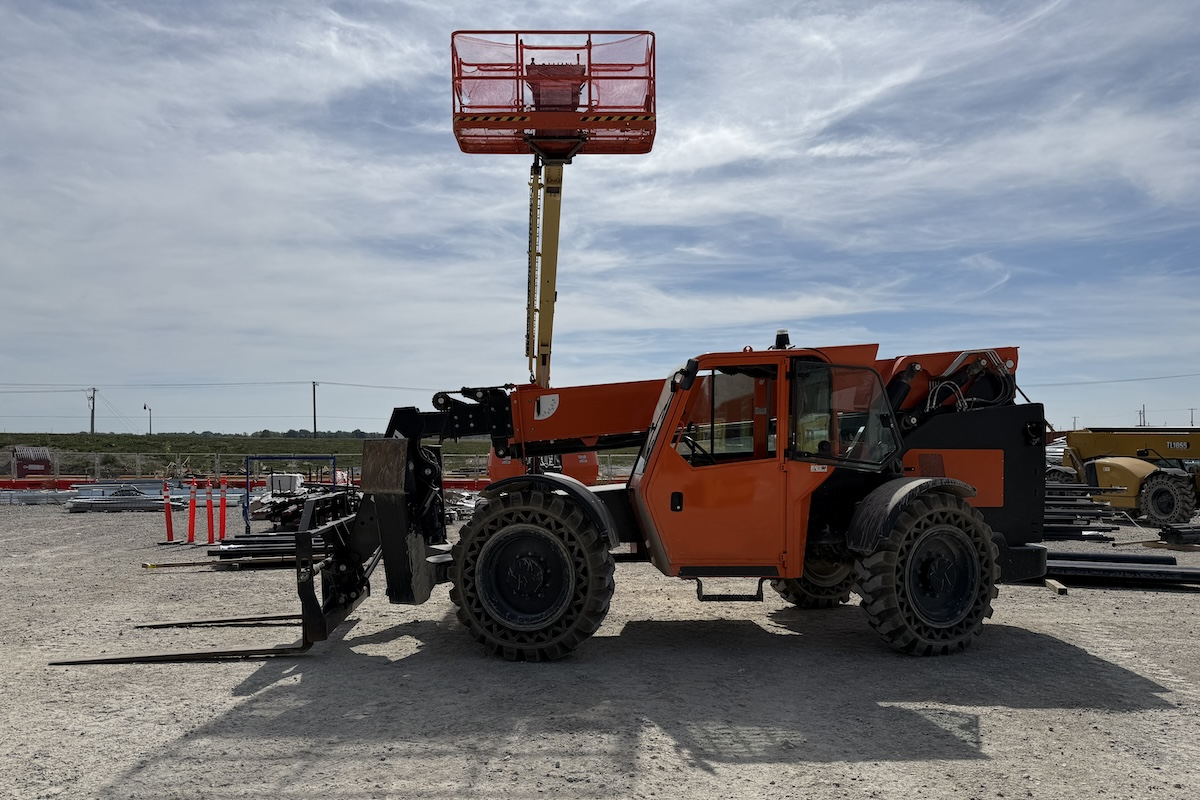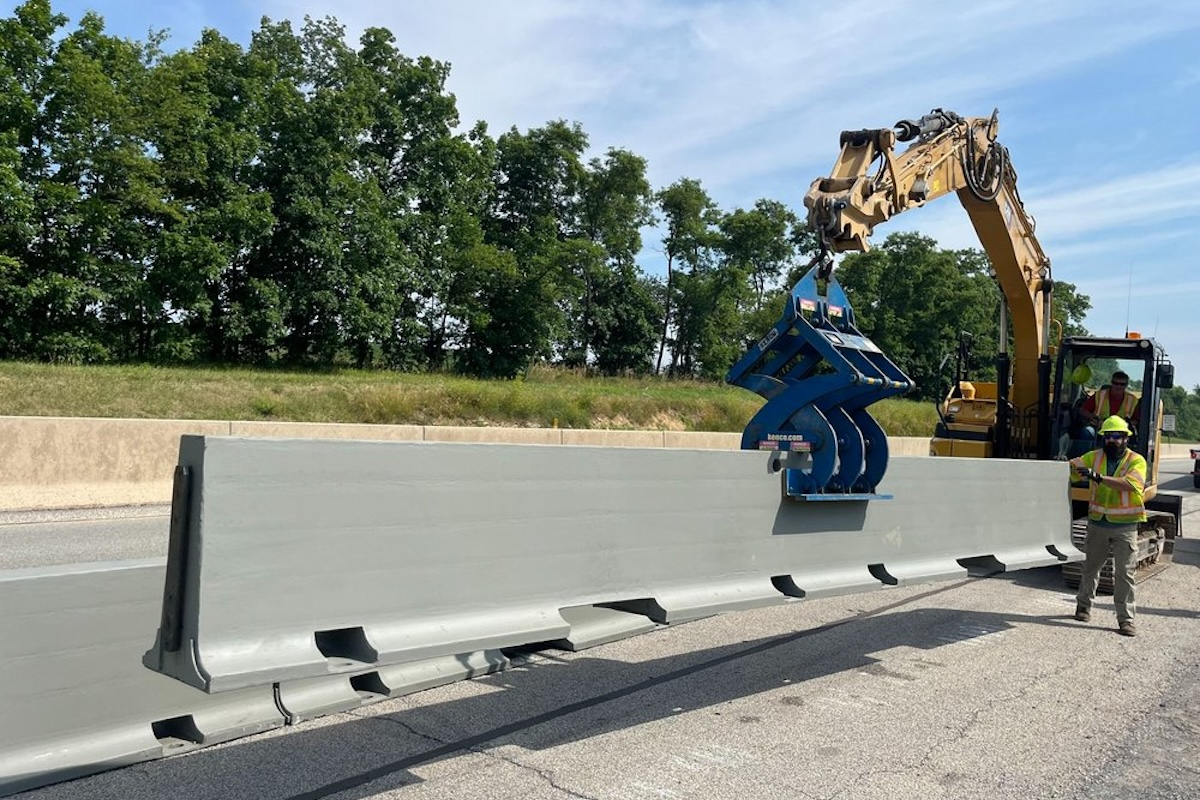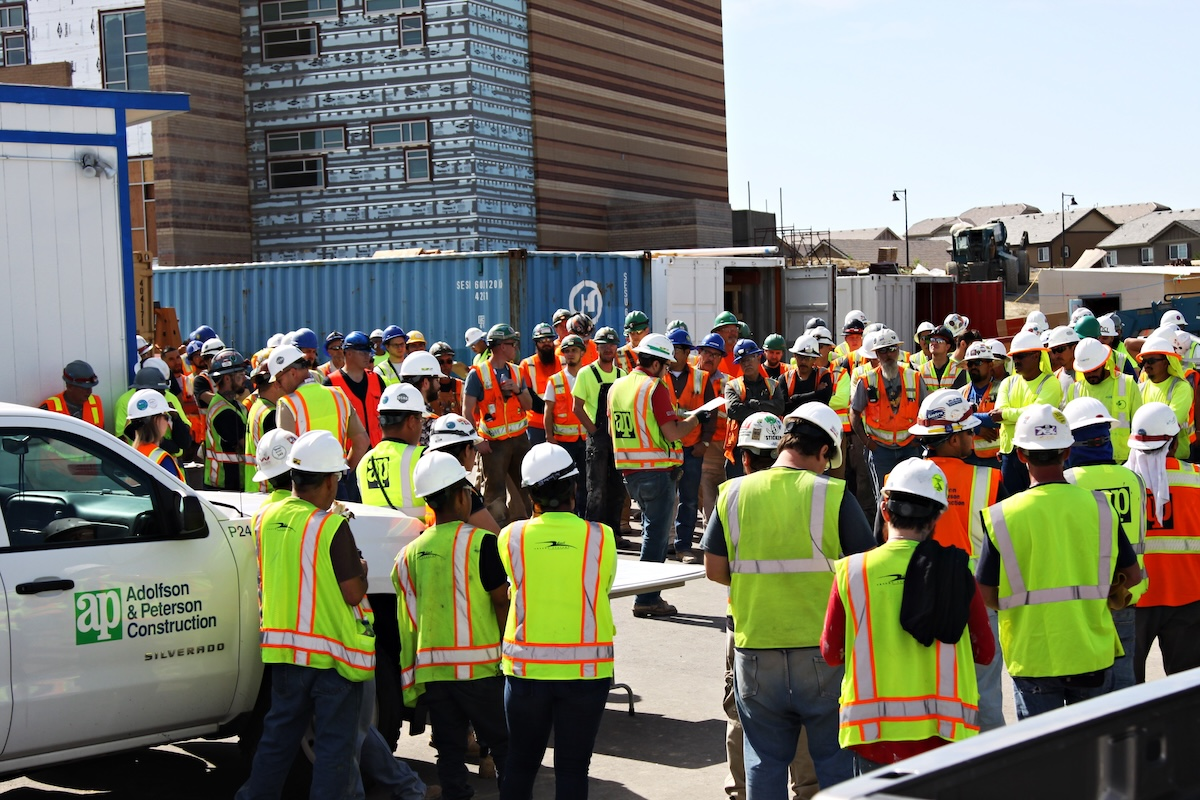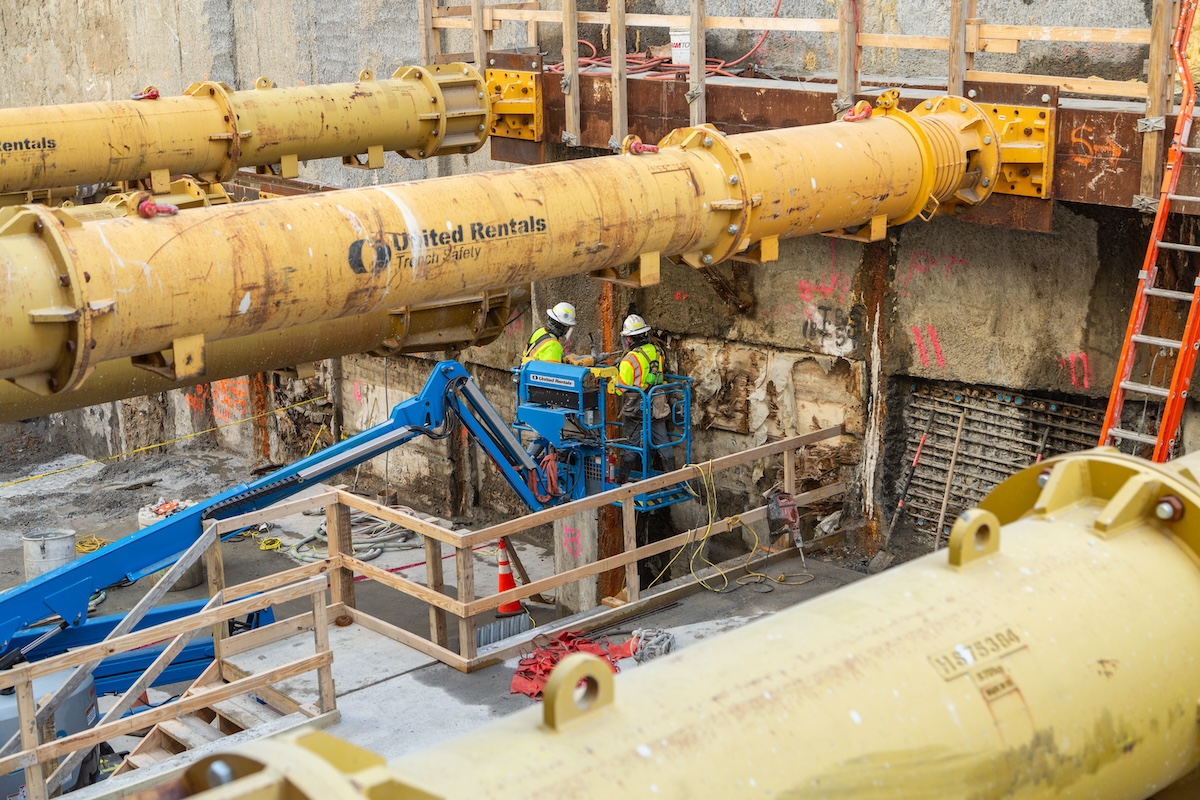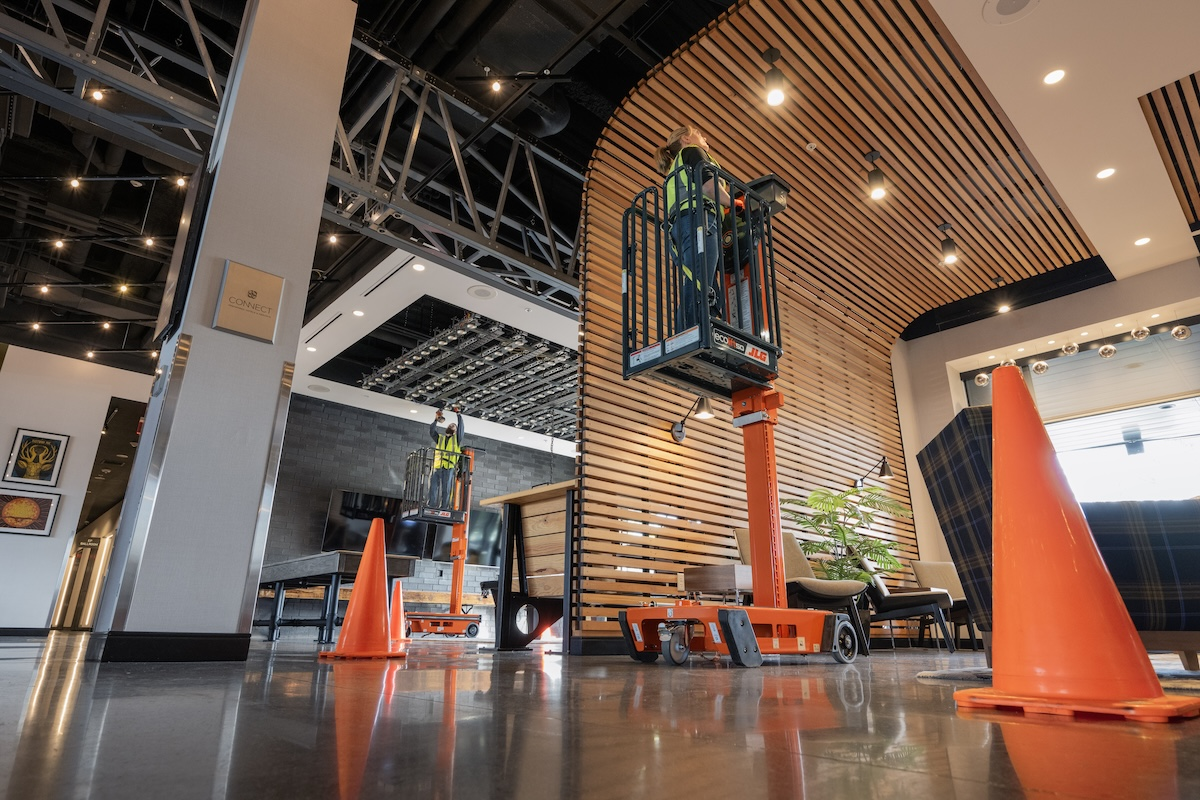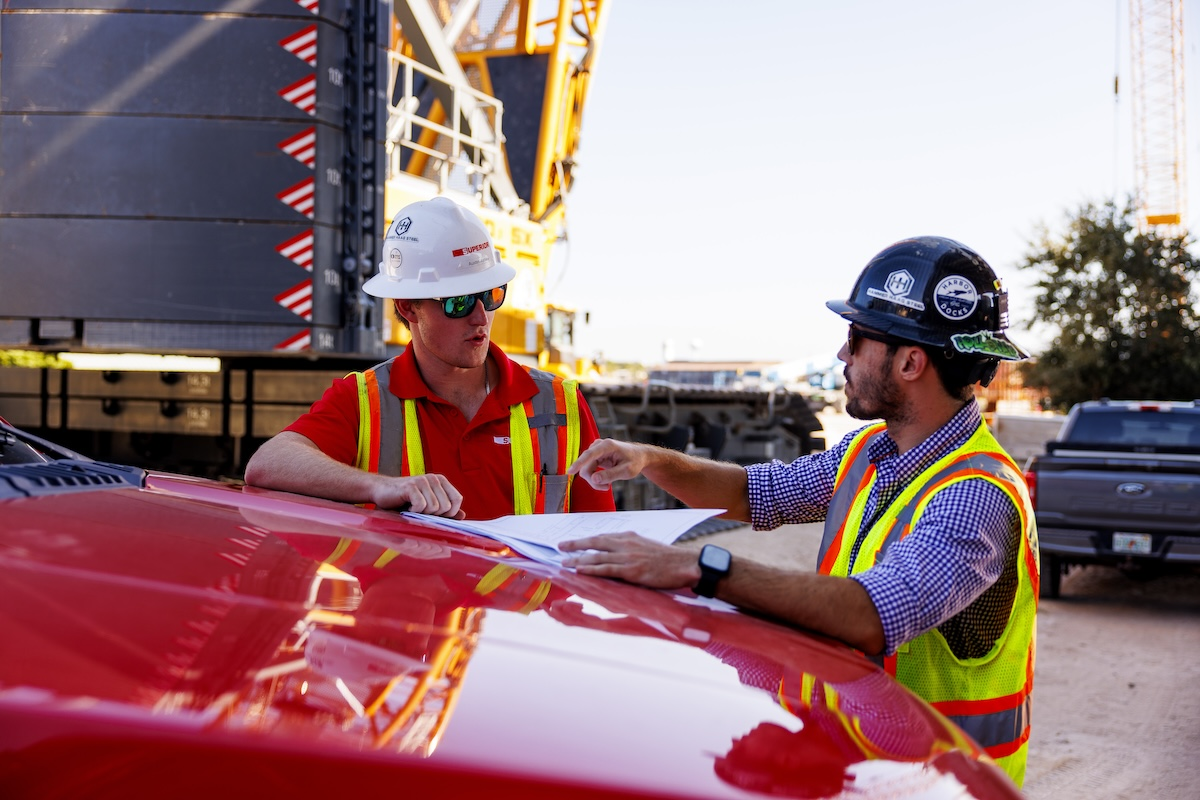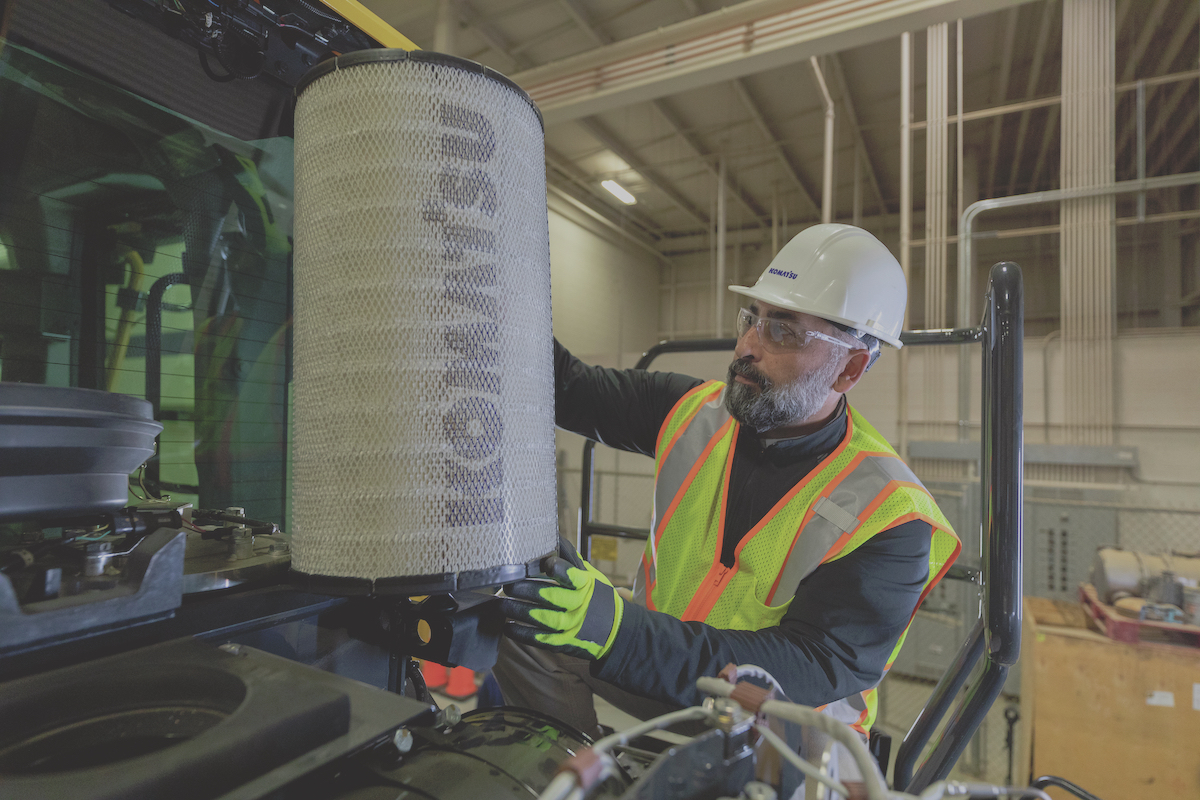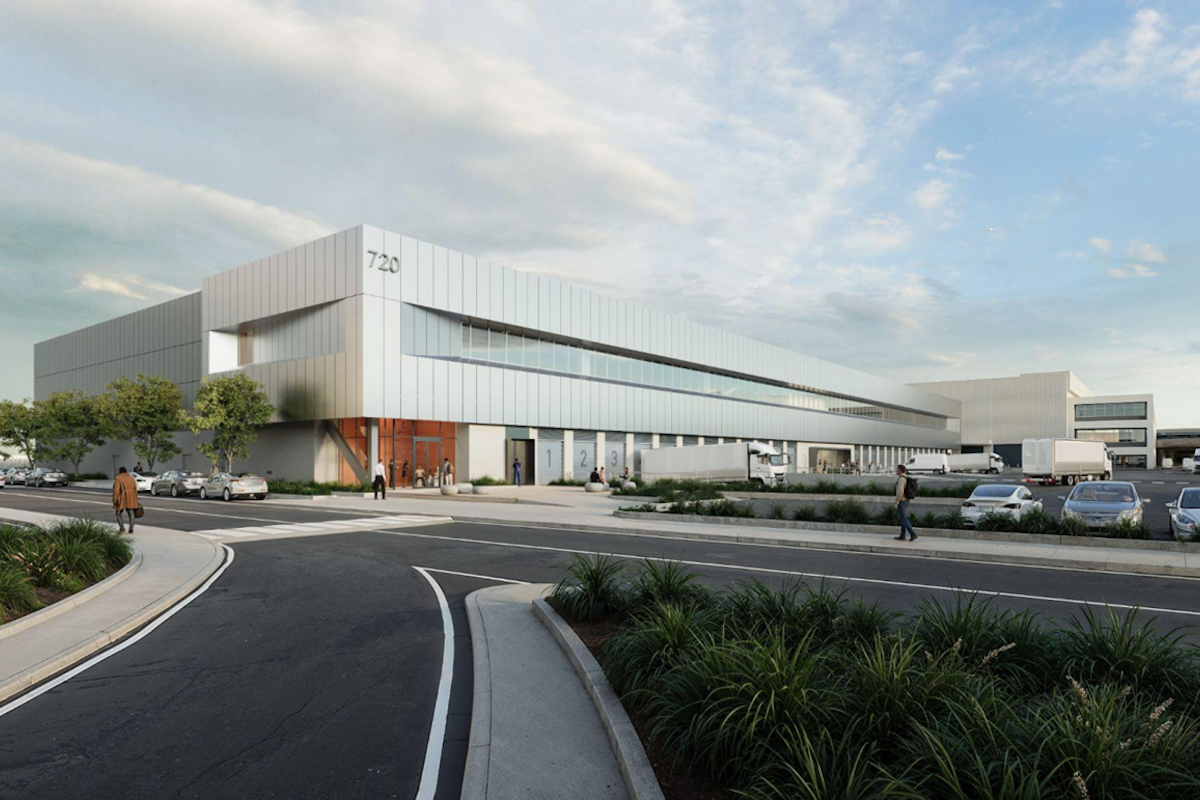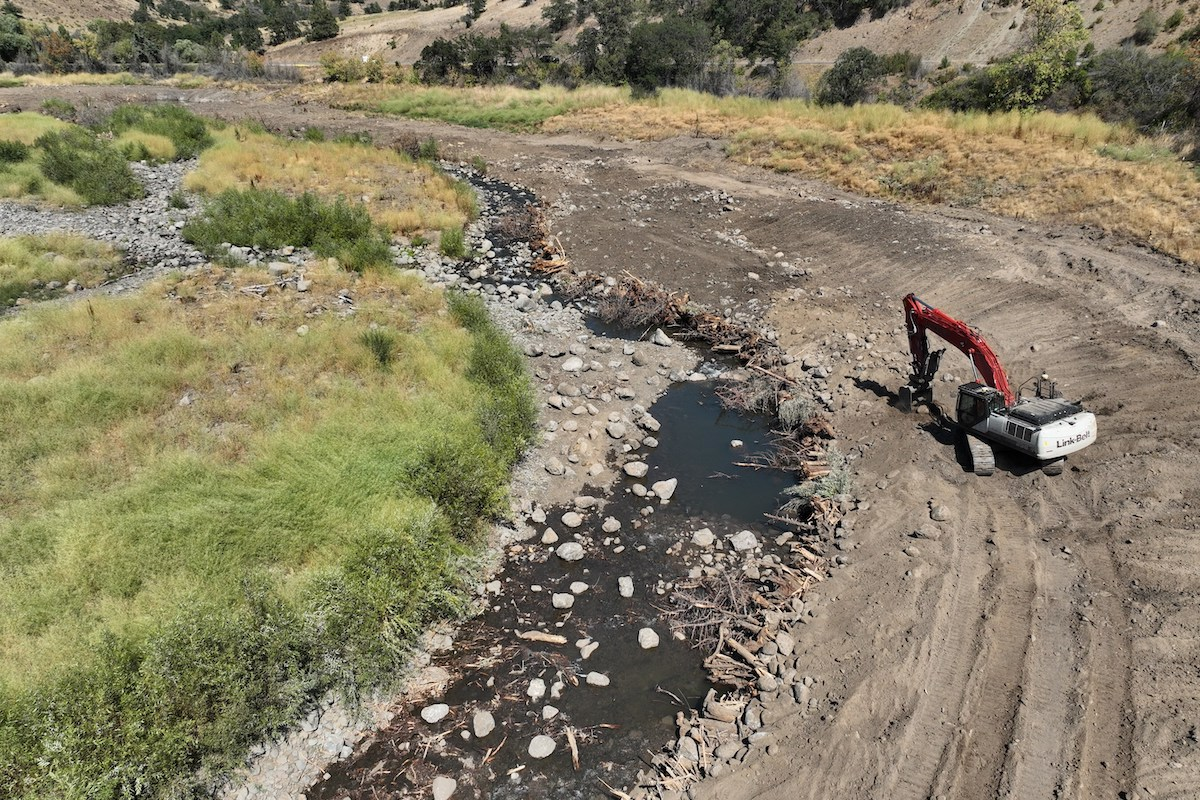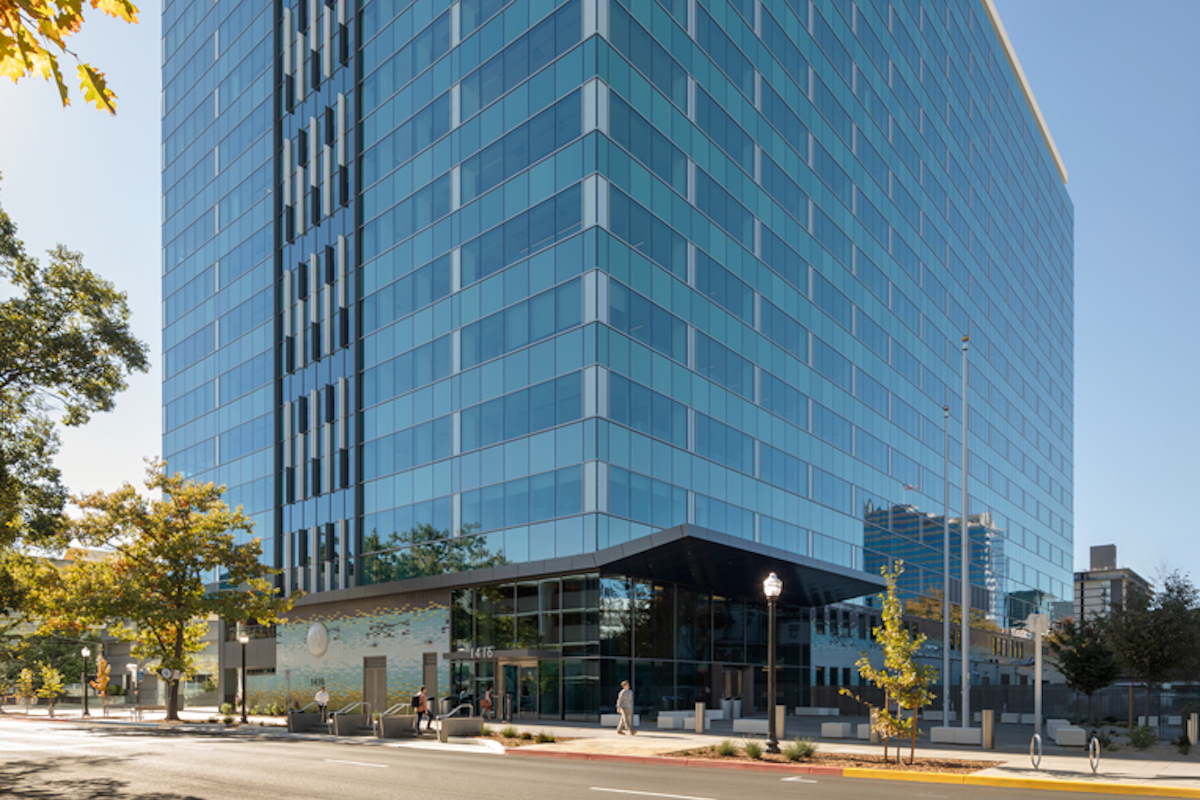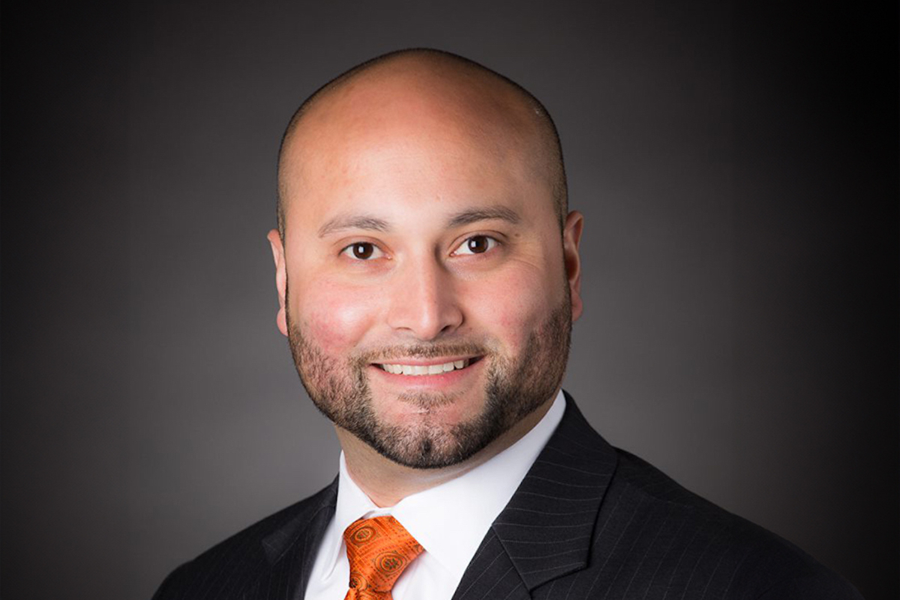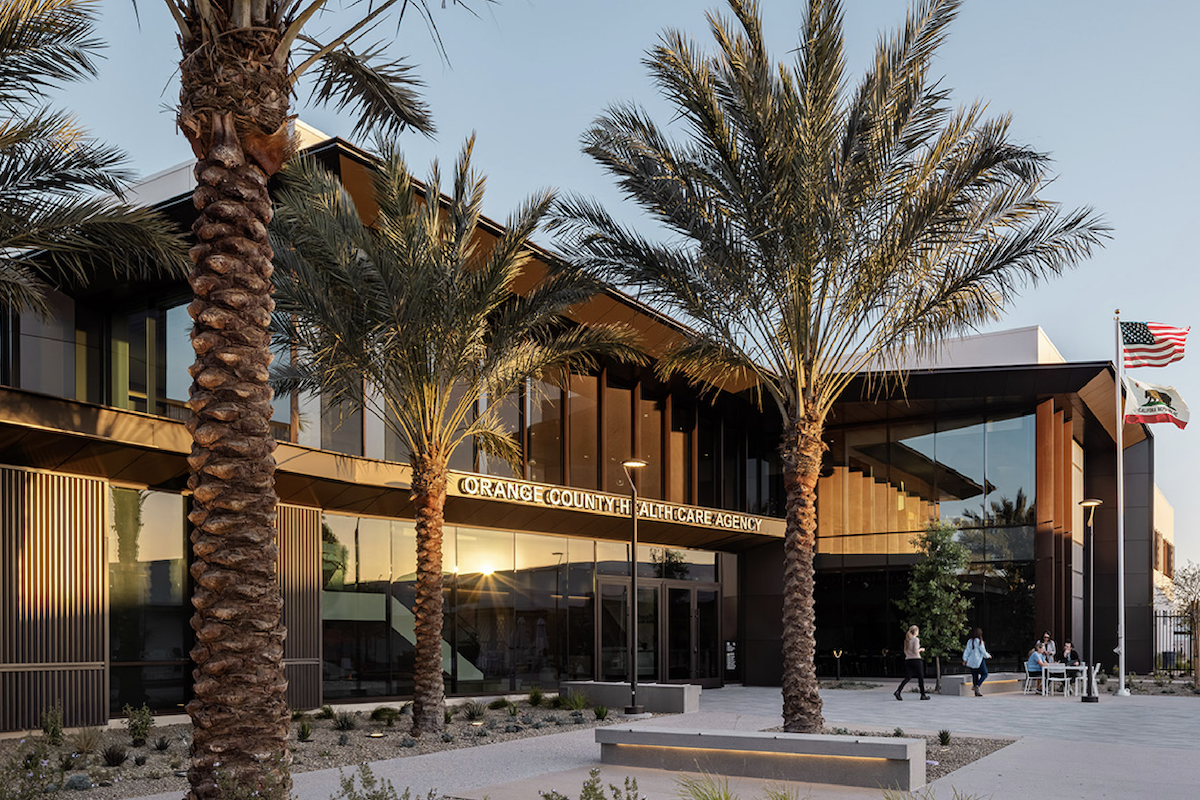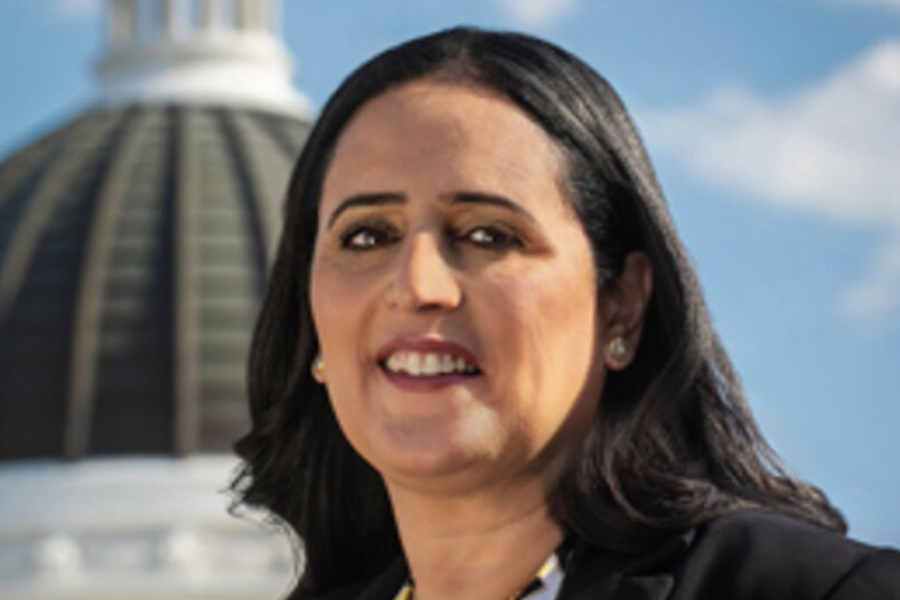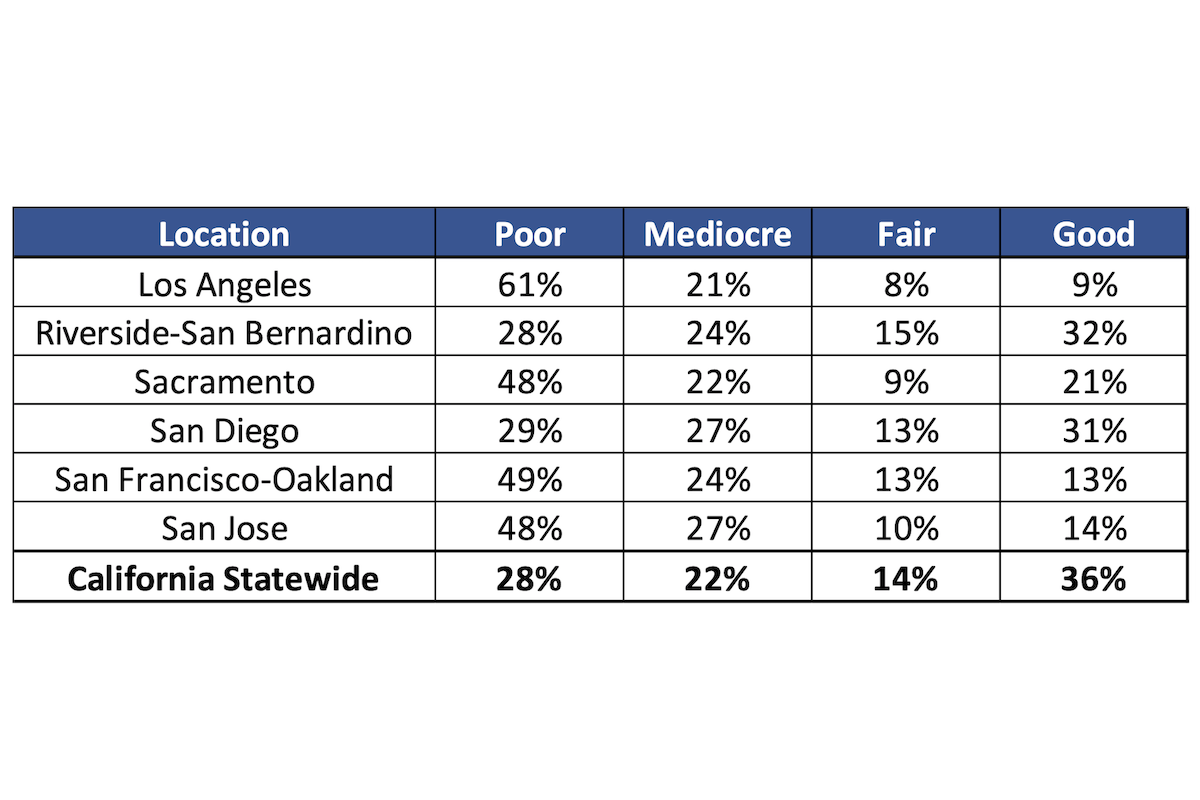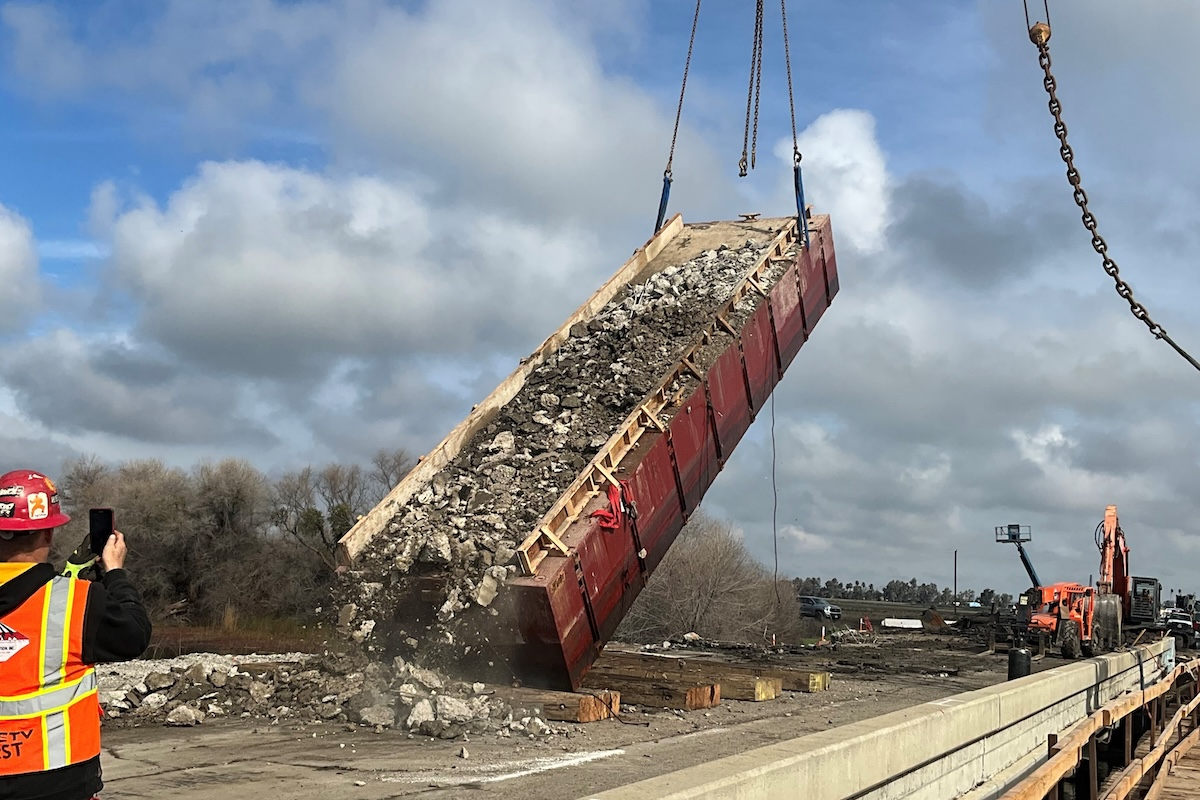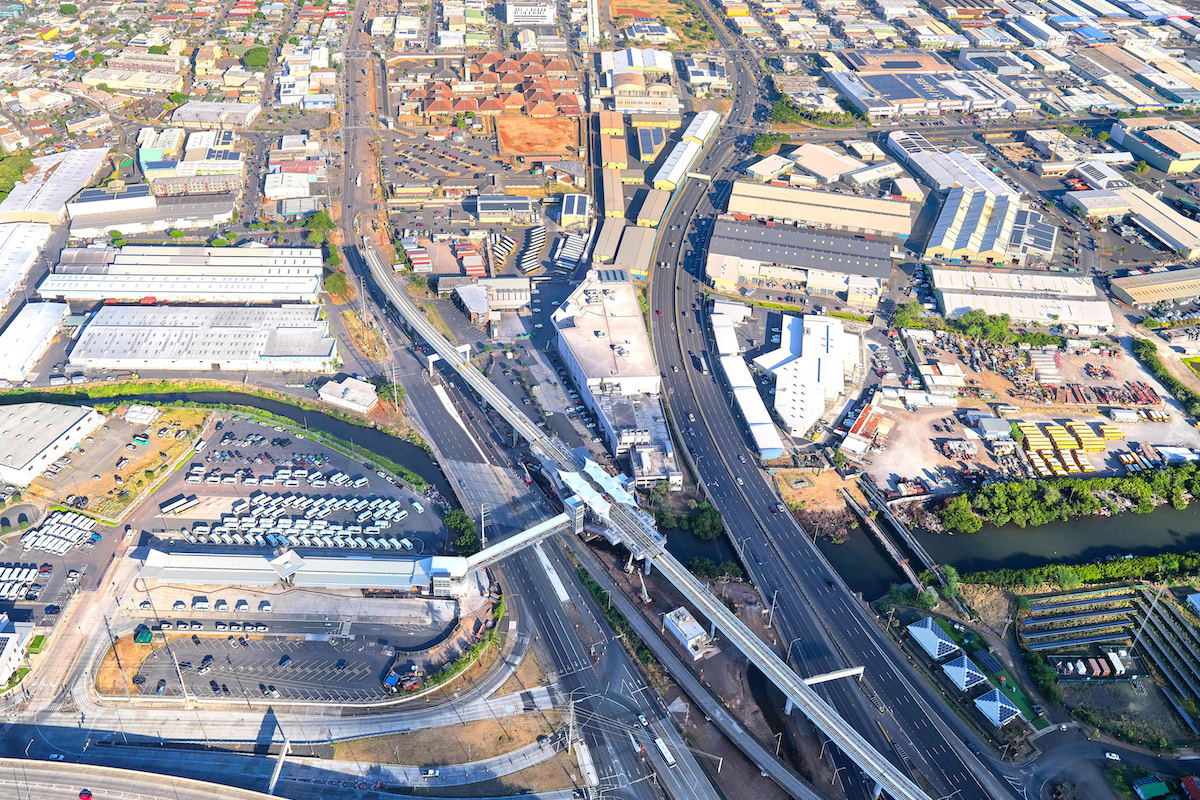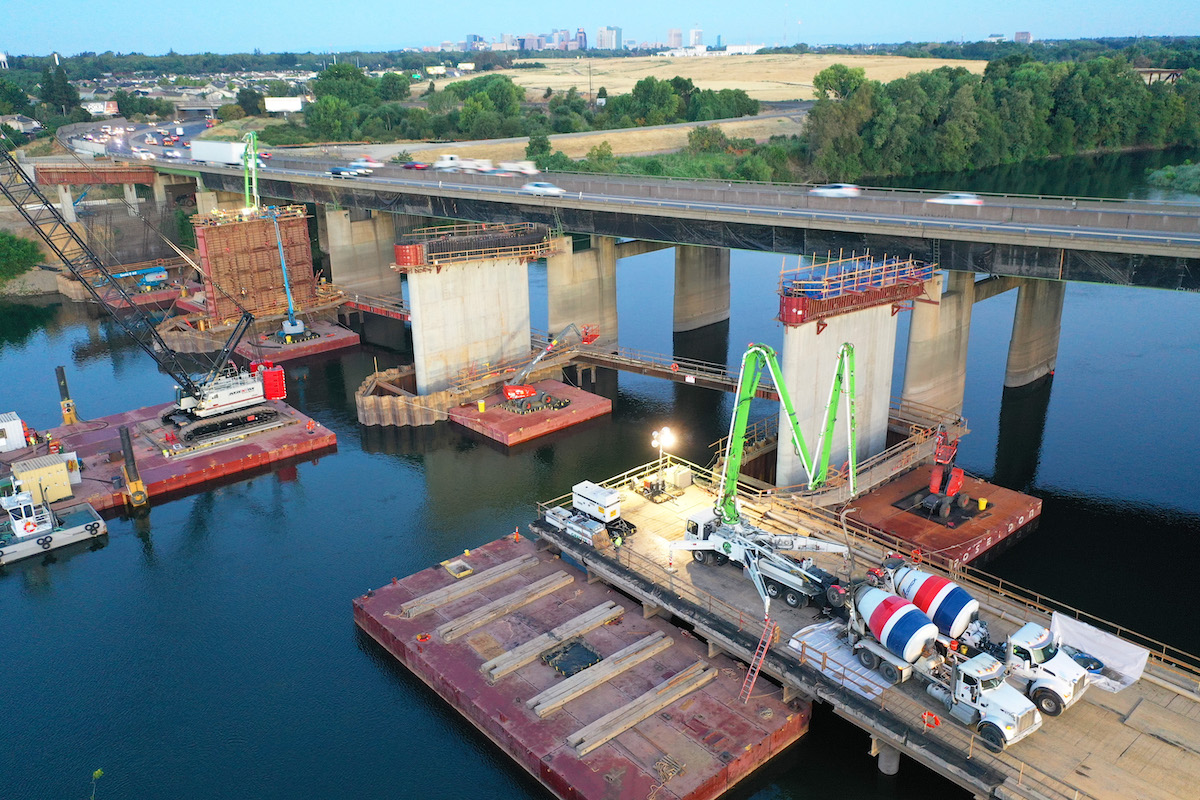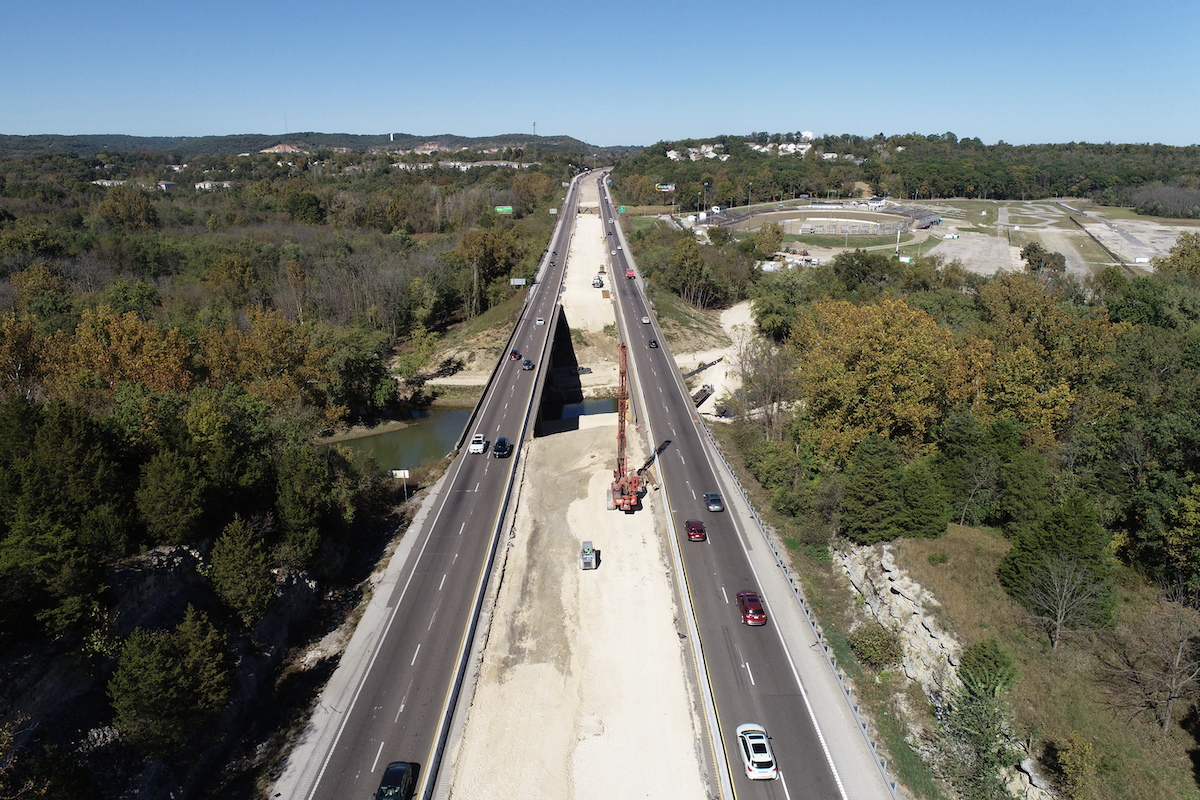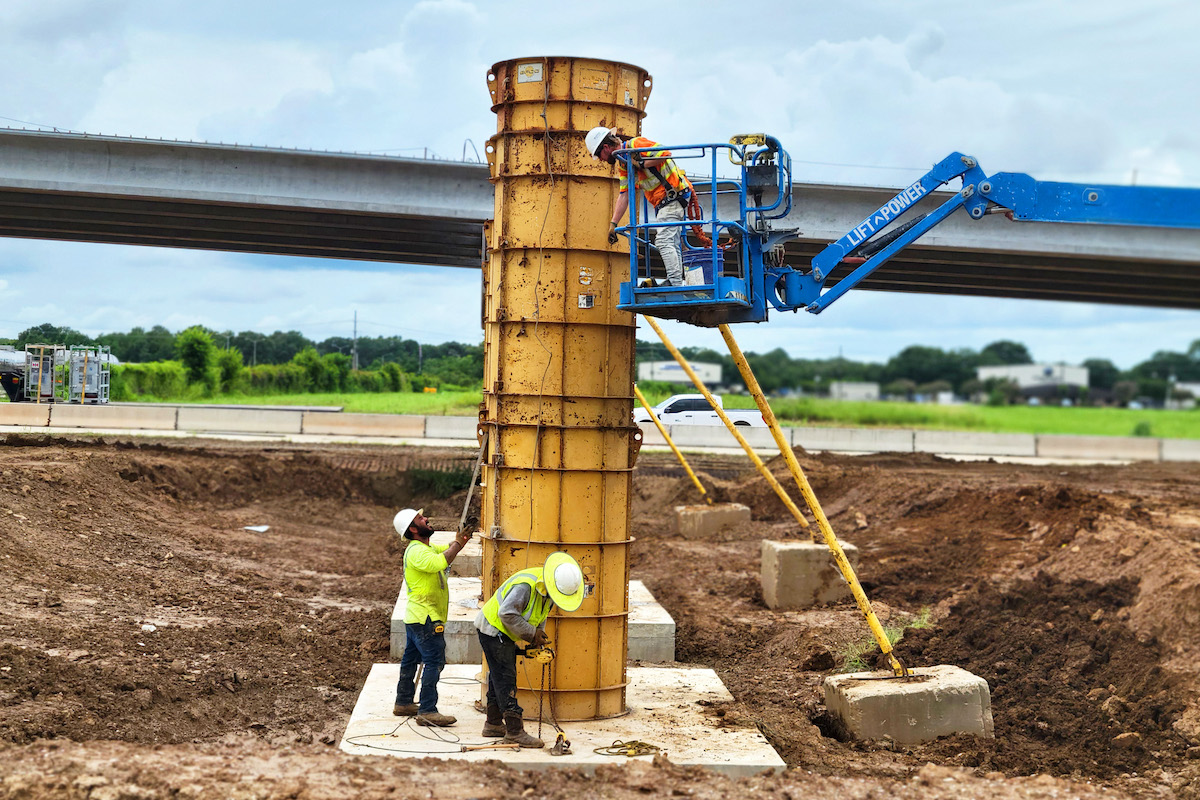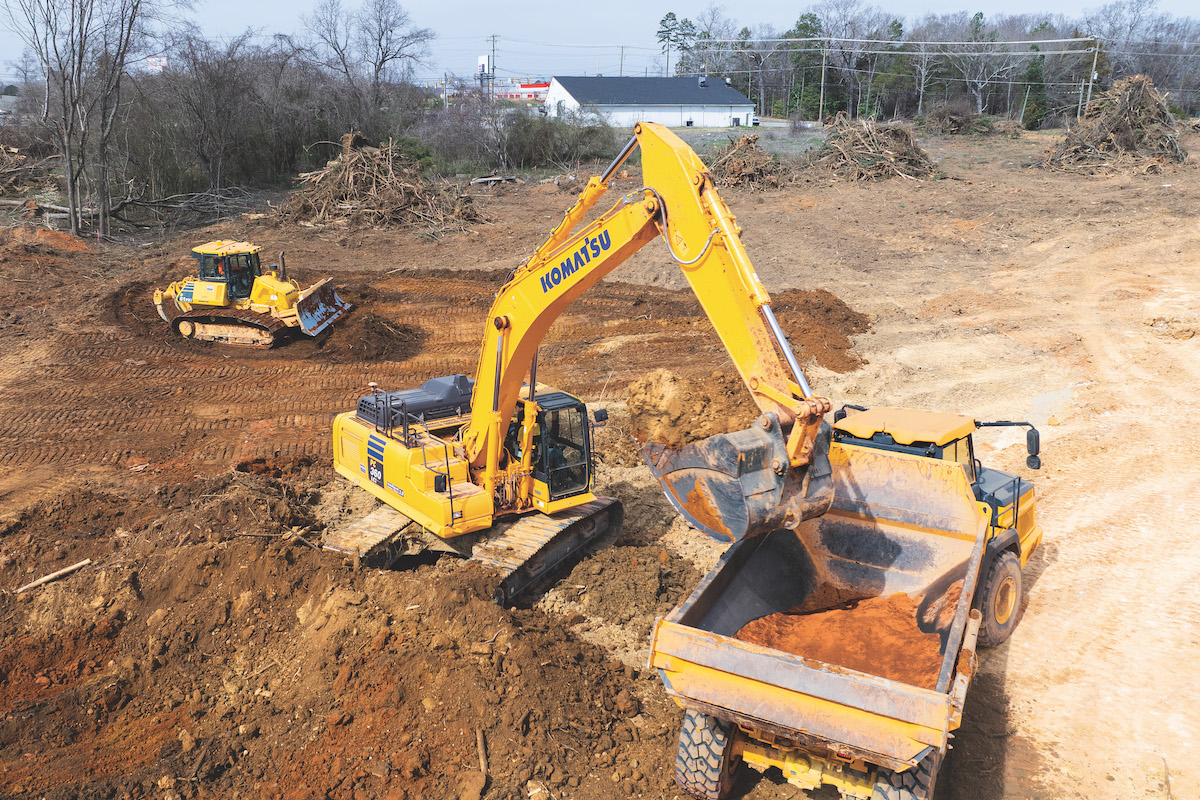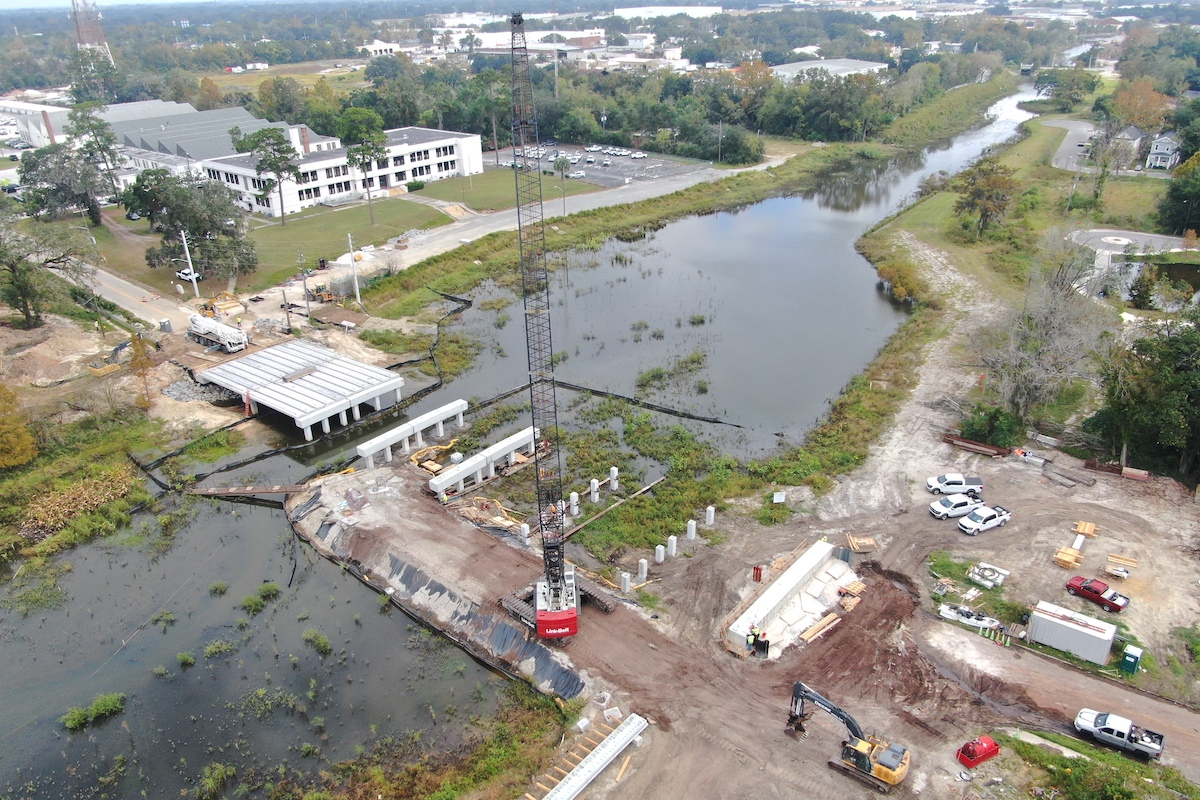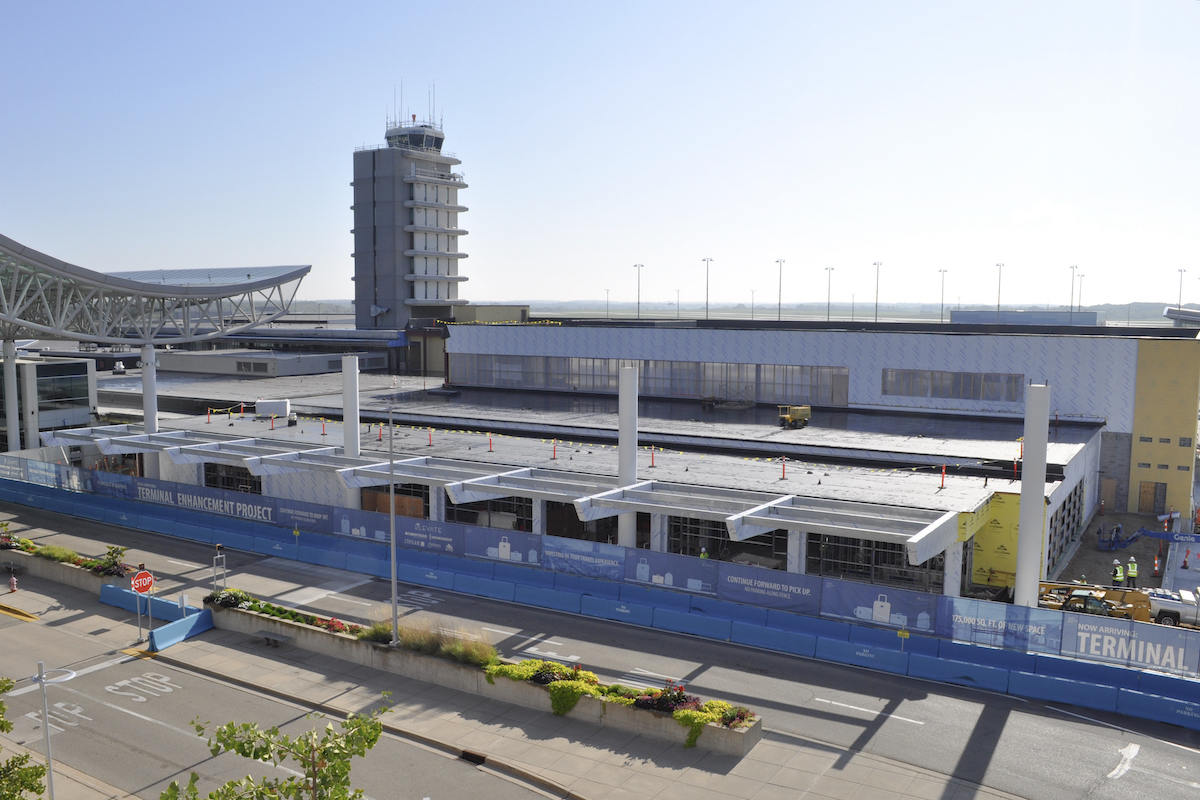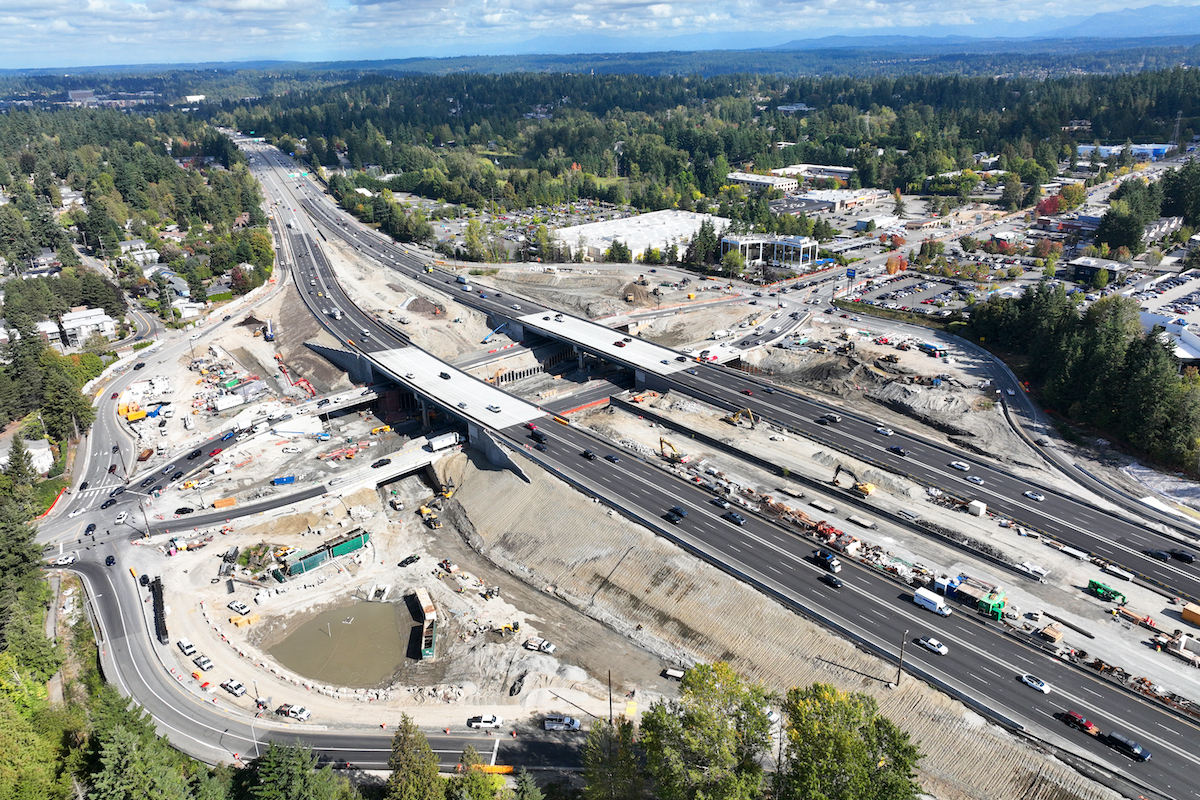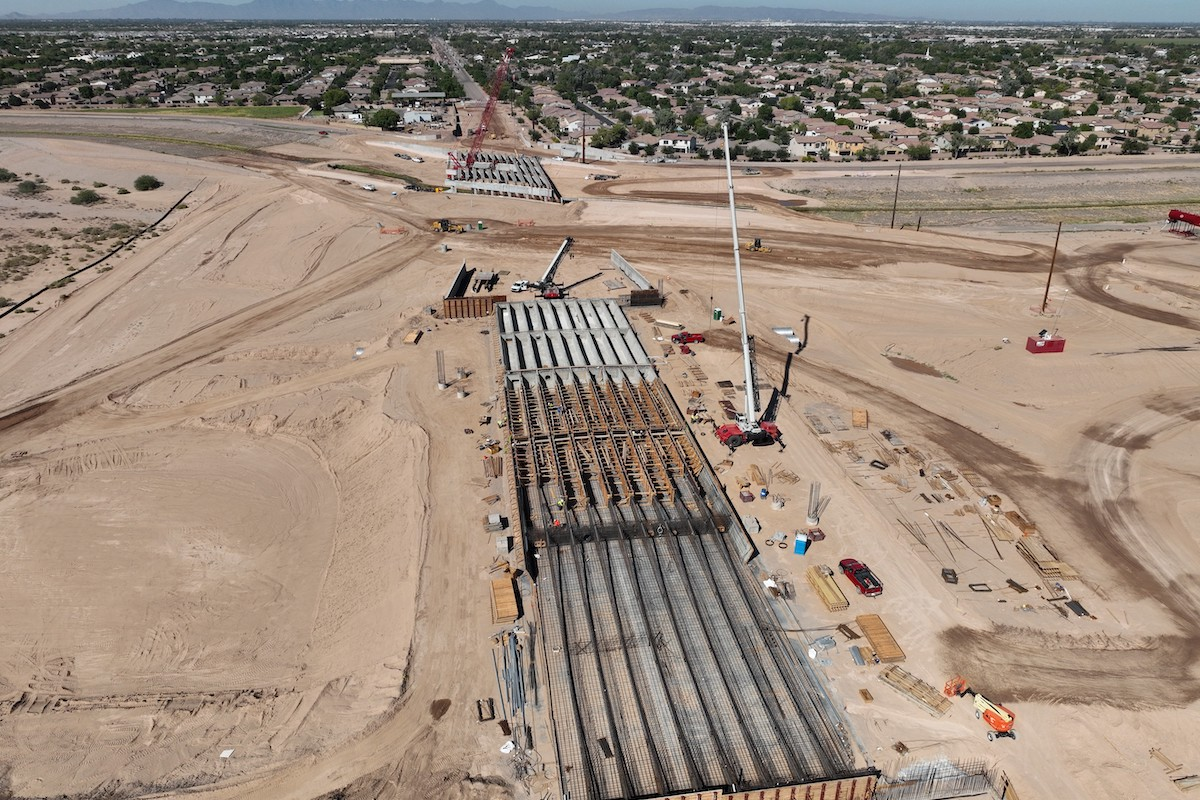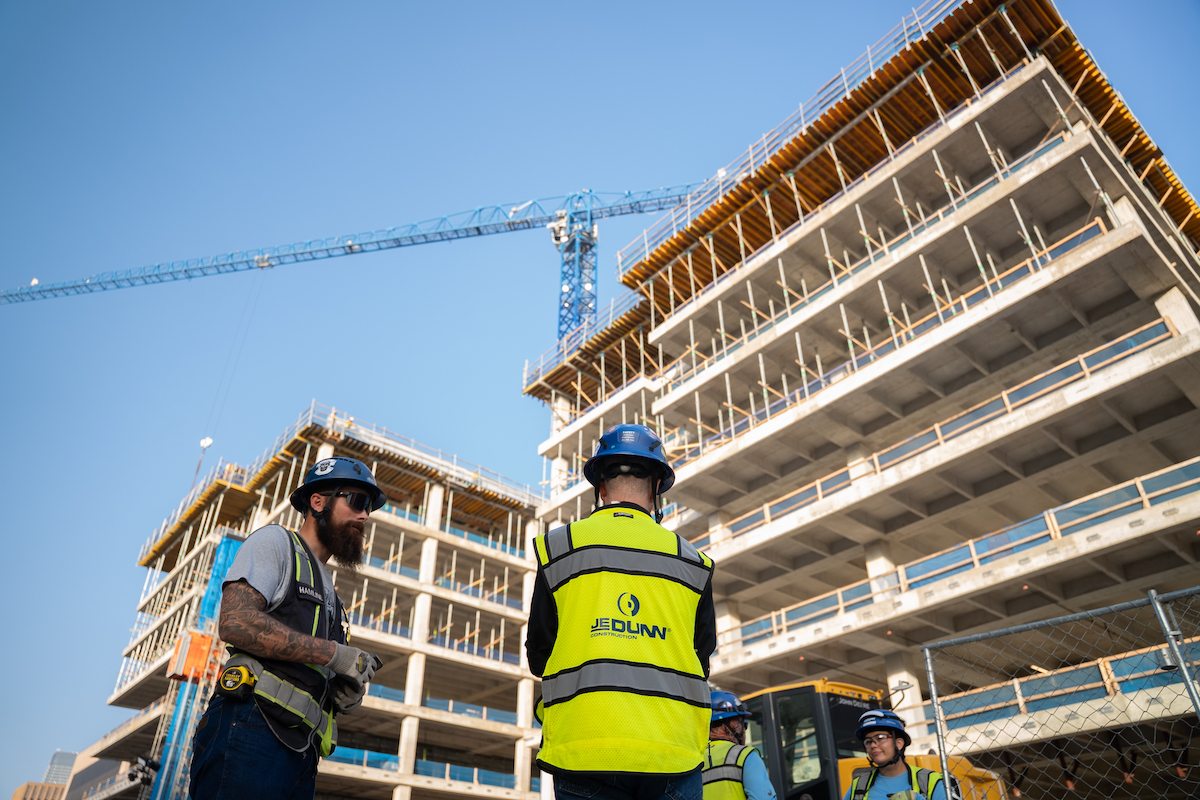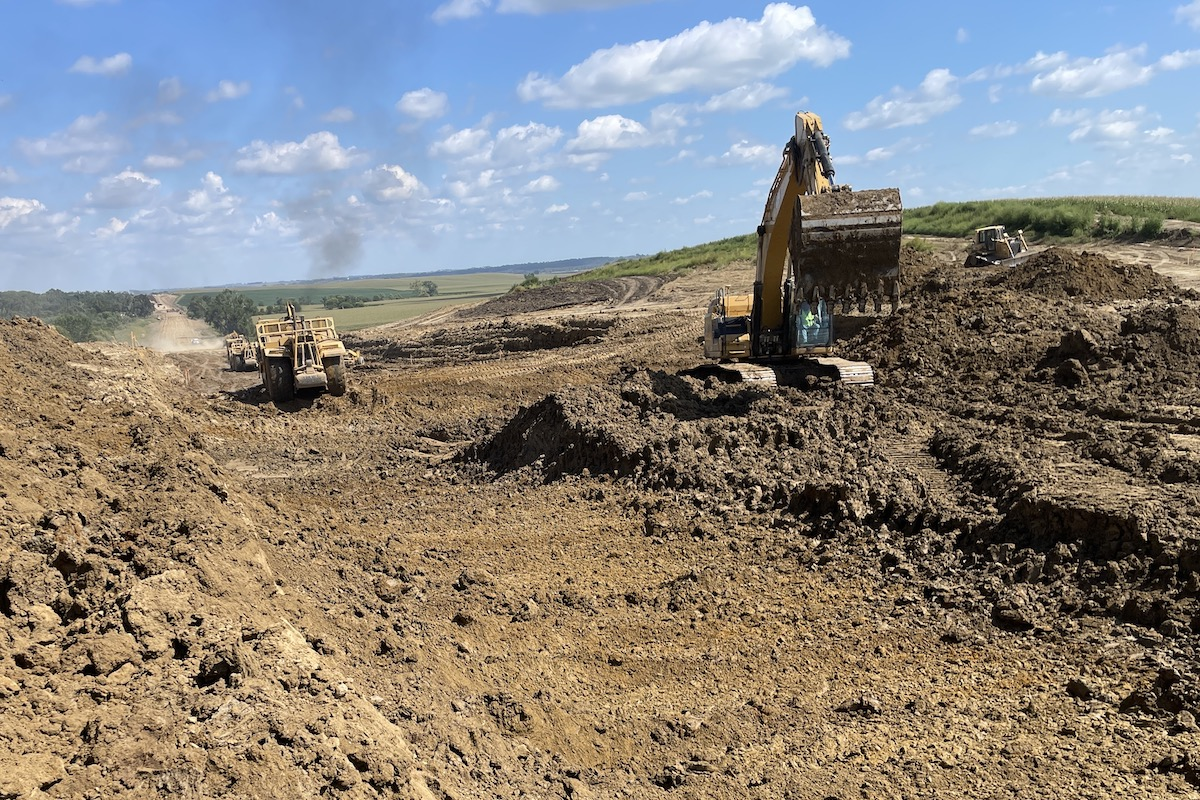The 2026 surface transportation reauthorization bill will define the future of U.S. infrastructure, as the Infrastructure Investment and Jobs Act (IIJA) framework approaches expiration.
The American Society of Civil Engineers (ASCE) Infrastructure Report Card and recent evaluations from the national transportation research group TRIP show that while the IIJA has gone a long way toward shoring up the nation’s infrastructure — including improvements in road conditions, bridge maintenance, and transit systems — much work remains to achieve a state of good repair and long-term resilience.
Advocates from ASCE, American Road & Transportation Builders Association (ARTBA), Associated General Contractors of America (AGC), American Association of State Highway and Transportation Officials (AASHTO), and U.S. Chamber of Commerce are actively working with members of Congress to ensure the 2026 bill sustains or increases current funding levels.
According to AGC, while the IIJA represented the most significant infusion of investment in our infrastructure ever, the funding did not go as far as Congress had hoped. More specifically, highway construction costs increased by 72 percent since late 2020, resulting in an estimated $61.5 billion in loss due to inflation.
Although the Trump administration has yet to release formal statements on the matter, its early policy decisions suggest a shift toward traditional infrastructure priorities, including streamlined permitting and reduced emphasis on environmental and climate considerations.

| Your local Trimble Construction Division dealer |
|---|
| SITECH Southwest |
| SITECH West |
Industry groups stress long-term funding for the Highway Trust Fund. AGC promotes expanding user-based revenue streams, such as Vehicle Miles Traveled fees and electric vehicle (EV) charges, while AASHTO and the Chamber advocate for formula funding and user-fee restoration.
The Trump administration aligns with these ideas, favoring traditional funding models and proposing EV fee recovery. Congress is actively considering new funding mechanisms, including potential charges on electric and alternative-fuel vehicles. These developments underscore the urgency of stabilizing long-term transportation funding and integrating new revenue sources.
During a March 2025 speech at the National Association of Counties Legislative Conference General Session, Rep. Sam Graves, Chair of the House Transportation and Infrastructure Committee, emphasized that the reauthorization bill could total about $600 billion over five years, reflecting the magnitude of the infrastructure investment needed to match or exceed the levels established by the IIJA.
Several industry associations advocate for establishing other financing tools such as a national infrastructure bank or eliminating the cap on private activity bonds and continued financing of the Transportation Infrastructure Finance and Innovation Act. There is also support for lifting the ban on tolling and prohibiting tolling revenue from being used for non-transportation purposes.

| Your local Gomaco dealer |
|---|
| Terry Equipment |
Graves pointed out that about two-thirds of Congress members have not been part of passing a traditional highway bill and highlighted the importance of educating newer members on the vital role infrastructure funding plays in sustaining economic growth and supporting local economies. This underscores the need for comprehensive outreach and bipartisan collaboration to secure long-term funding.
State departments of transportation emphasize the importance of stable funding to prevent project delays, while critics like the Reason Foundation and some lawmakers suggest fiscal restraint and a greater state role due to the Trust Fund’s insolvency.
ARTBA and AGC call for streamlined permitting and environmental review, echoing the Trump administration’s priority for expedited approval processes.
The 2025 Connecticut agreement exemplifies federal-state collaboration to remove bureaucratic hurdles and advance major projects efficiently. Under this agreement, Connecticut and the Trump administration's Department of Transportation worked to streamline the permitting process for large-scale infrastructure projects by eliminating redundant environmental reviews, reducing timelines, and enhancing interagency coordination. This allowed for faster approval and implementation of critical transportation projects within the state, setting a model for potential collaborations in other states.

| Your local Trimble Construction Division dealer |
|---|
| SITECH Southwest |
| SITECH West |
ASCE emphasizes robust infrastructure investment as key to economic growth and supply chain reliability. The Chamber views infrastructure as an economic driver, highlighting its role in enhancing productivity, reducing congestion, and attracting business investments. These improvements not only support commercial activity but also boost employment, particularly in regions with growing populations and expanding freight corridors.
The Trump administration supports prioritizing highway and bridge expansions while scaling back green and climate initiatives. Critics warn of reinforcing inefficiencies without reform, suggesting that a focus solely on traditional infrastructure could miss opportunities for integrating modern, adaptable systems that support a dynamic economy.
Both ARTBA and AGC highlight the need to integrate innovative technologies and modern construction practices into transportation projects. This includes digital tools, advanced materials, and data-driven asset management.
AASHTO calls for flexibility at the state level to adopt emerging solutions, recognizing that innovation often stems from local pilot programs and adaptive implementation.

| Your local Trimble Construction Division dealer |
|---|
| SITECH Southwest |
| SITECH West |
The Trump administration's focus on traditional infrastructure suggests a more cautious approach to broad technological innovation, favoring proven methods and materials over experimental approaches.
Persistent labor shortages continue to challenge the industry. ARTBA and AGC advocate for federal support of training programs to cultivate the next generation of skilled workers. ASCE and AASHTO echo this need, emphasizing that a well-trained workforce is essential to deliver and maintain infrastructure investments efficiently and safely.
The Trump administration’s infrastructure priorities include streamlining workforce policies to support faster project delivery, though there has been less emphasis on expanding workforce development initiatives compared to previous administrations.
Safety remains a cornerstone of proposed reforms. ARTBA calls for enhanced work zone safety protocols, including positive protection strategies for construction workers. AGC supports stronger safety investments to protect workers and travelers alike.

| Your local Trimble Construction Division dealer |
|---|
| SITECH Southwest |
| SITECH West |
Resilience to extreme weather and climate impacts, while not uniformly emphasized, is increasingly seen as integral to long-term asset management. The Trump administration has generally deprioritized climate adaptation initiatives and has scaled back funding for environmental justice and green infrastructure projects. This approach may present challenges in incorporating comprehensive resilience and safety features and reflects a clear policy shift away from environmental considerations in favor of streamlining traditional projects.
Projects like the East Coast I-95 corridor expansion, modernization of the Brent Spence Bridge across the Ohio River between Kentucky and Ohio, and intermodal connector upgrades stand to gain from reauthorization. These projects are typically considered megaprojects due to their scale, cost, and regional or national significance.
While some of these projects have early-stage funding, many depend on additional federal funds and approvals through the upcoming bill, demonstrating reauthorization’s role in enabling vital infrastructure improvements.
The 2026 surface transportation reauthorization bill presents an opportunity to strengthen U.S. infrastructure by building on the progress made through the IIJA while recognizing that ASCE and TRIP evaluations indicate much work remains to reach a state of good repair. Integrating diverse industry perspectives and addressing critiques is essential to balancing traditional infrastructure priorities with future-readiness, including embracing technological innovations and enhancing resilience.

| Your local Trimble Construction Division dealer |
|---|
| SITECH Southwest |
| SITECH West |
This bill holds the potential to boost economic growth and employment, improve supply chain efficiency, and position the U.S. as a global leader in infrastructure. Stakeholders must work collectively to secure a resilient and competitive infrastructure network that meets the demands of the 21st century.
The following individuals play pivotal roles in shaping the 2026 surface transportation reauthorization bill.
Congressional Champions
- Rep. Sam Graves (R-Missouri) — House Transportation and Infrastructure Committee Chair advocating fiscally responsible reauthorization with expanded user-based funding.
- Rep. Rick Larsen (D-Washington) — Ranking Member of the House Transportation and Infrastructure Committee, committed to bipartisan cooperation and comprehensive infrastructure investment.
- Rep. David Rouzer (R-North Carolina) — Highways and Transit Subcommittee Chair focused on timely legislation to maximize federal dollars, streamline the permitting process, and eliminate outdated regulations.
- Sen. Shelley Moore Capito (R-West Virginia) — Senate Environment and Public Works (EPW) Committee Chair prioritizing safety and reliability improvements, reforming and modernizing federal programs, and addressing state needs.
- Sen. Kevin Cramer (R-North Dakota) — EPW Transportation and Infrastructure Subcommittee Chair shaping highway funding and project delivery policies. Congressional Opponents
- Rep. Thomas Massie (R-Kentucky) and Rep. Warren Davidson (R-Ohio) — Both voted against President Trump's "One Big Beautiful Bill," citing insufficient spending cuts and concerns over increasing the national debt.
- Rep. Chip Roy (R-Texas) and Rep. Andy Harris (R-Maryland) — Members of the House Freedom Caucus, they have delayed budget votes, demanding deeper cuts to programs like Medicaid and a rollback of clean energy initiatives before supporting infrastructure spending.
- Rep. Ralph Norman (R-South Carolina), Rep. Andrew Clyde (R-Georgia), and Rep. Josh Brecheen (R-Oklahoma) — These fiscal conservatives have expressed opposition to infrastructure bills that they believe do not sufficiently reduce federal spending.
- Sen. Rand Paul (R-Kentucky) — Known for fiscal conservatism, he has consistently opposed large federal spending packages, including infrastructure bills, citing concerns over increasing the national debt.
- Sen. Mike Lee (R-Utah) — He has advocated for reduced federal involvement in infrastructure, suggesting that states should have more control and responsibility over such projects to ensure fiscal responsibility.
- Sen. James Lankford (R-Oklahoma) — He has emphasized the need for spending cuts and has been critical of large federal expenditures without corresponding offsets.
- Engage legislators — Advocate for sustainable funding and streamlined delivery by contacting federal representatives. Share data and examples of local projects to illustrate the direct benefits of reauthorization.
- Join coalitions — Collaborate with industry groups such as ARTBA, AGC, and chambers of commerce to amplify industry priorities and present a united voice to policymakers.
- Conduct public outreach — Highlight the benefits of infrastructure investment through local media, social media campaigns, and community engagement events to build public support.
- Advocate at the state level — Engage with state DOTs to emphasize regional priorities during federal comment periods. Participate in public hearings and provide written feedback to influence project selection and funding decisions.
- Monitor legislative developments — Stay informed about committee hearings, draft legislation, and key votes to anticipate changes that could impact industry priorities and funding opportunities.
The road to economic prosperity through sustained infrastructure investment requires involvement across the industry. Consider these strategies:



